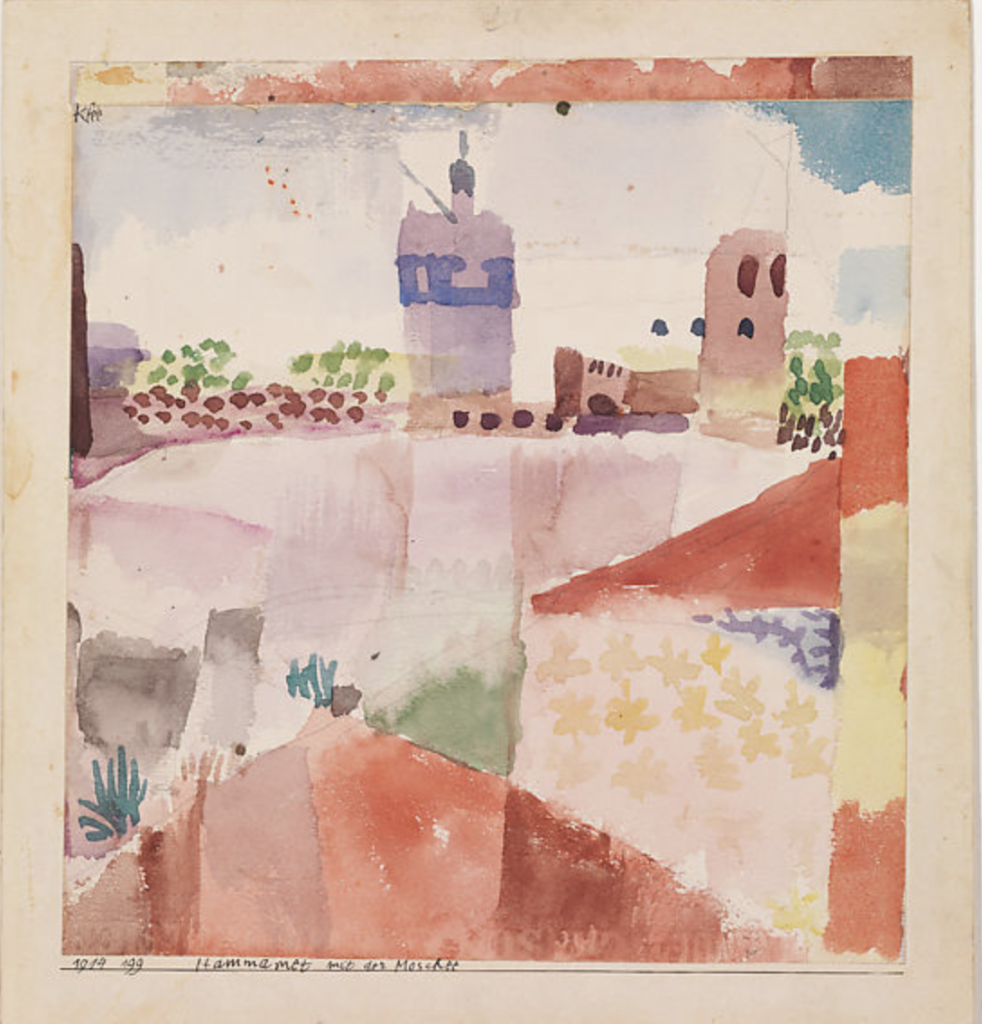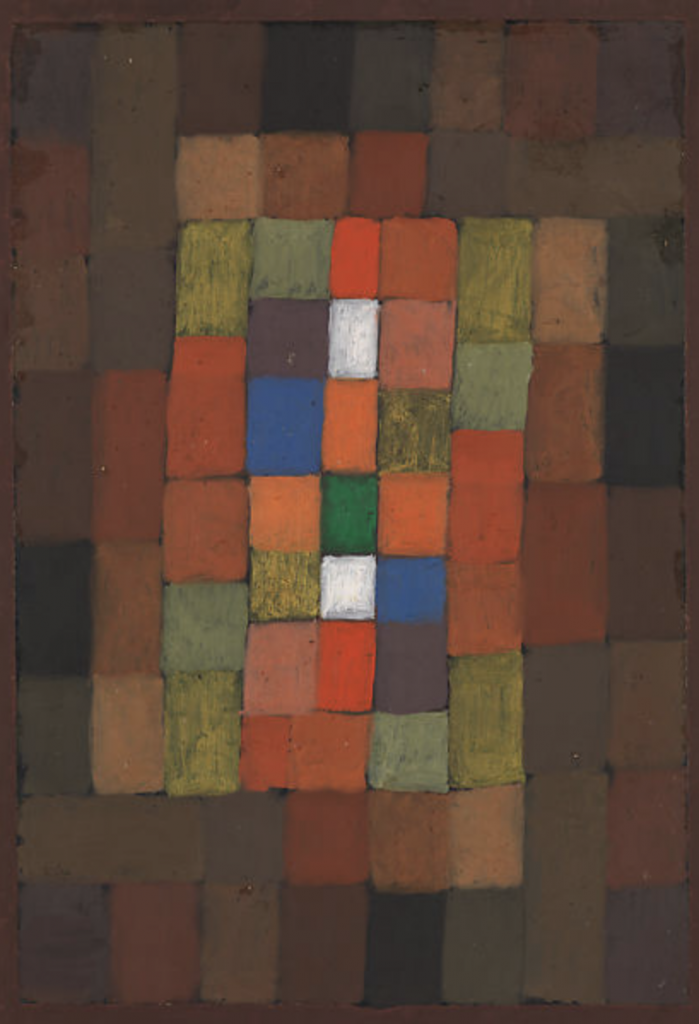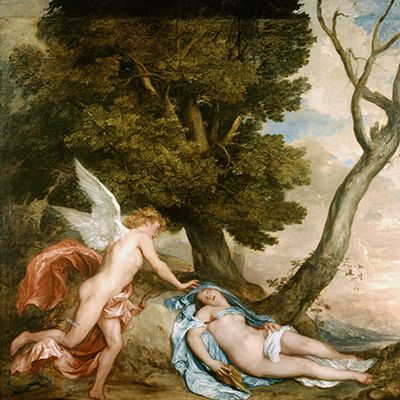Takashi Murakami is a Japanese contemporary artist, born on February 1st, 1962 in Tokyo, Japan. He is well known for his works within the fashion industry. Growing up, Murakami was a fan of Japanese anime and manga, growing his aspiration to join the animation industry. After enrolling in the Toyko University of Arts, he gained the qualifications to become an animator just as he hoped. After his graduation, Murakami’s focus shifted and he became dissatisfied with the contemporary art within Japan. He claimed it felt like, “a deep appropriation of Western trends.” Around the year 2000, Murakami established “Superflat.” This was an exhibition created to help feature works that were inspired by Japanese culture such as ukiyo-e or even anime. Murakami’s art varied in style, one of his most expensive pieces of work is a figure of a naked anime character with spikey hair.

One of my favourite works created by Murakami is his iconic happy flower illustration. This illustration is recognizable by many and I admire the bright colours and the overall joy it represents. Although the Murakami Flower debuted in 1995, it steadily became a sensation in the pop culture industry. Artists such as Kanye West featured the flower on his album cover or Jung Ho-seok (J-Hope) of BTS wore the flower to symbolize hope and happiness. Even companies such as Louis Vuitton have collaborated with Murakami. I have a strong overall appreciation for Murakami, I admire how well he can encapsulate colour in an image and utilize it to create hope and happiness for the viewers.
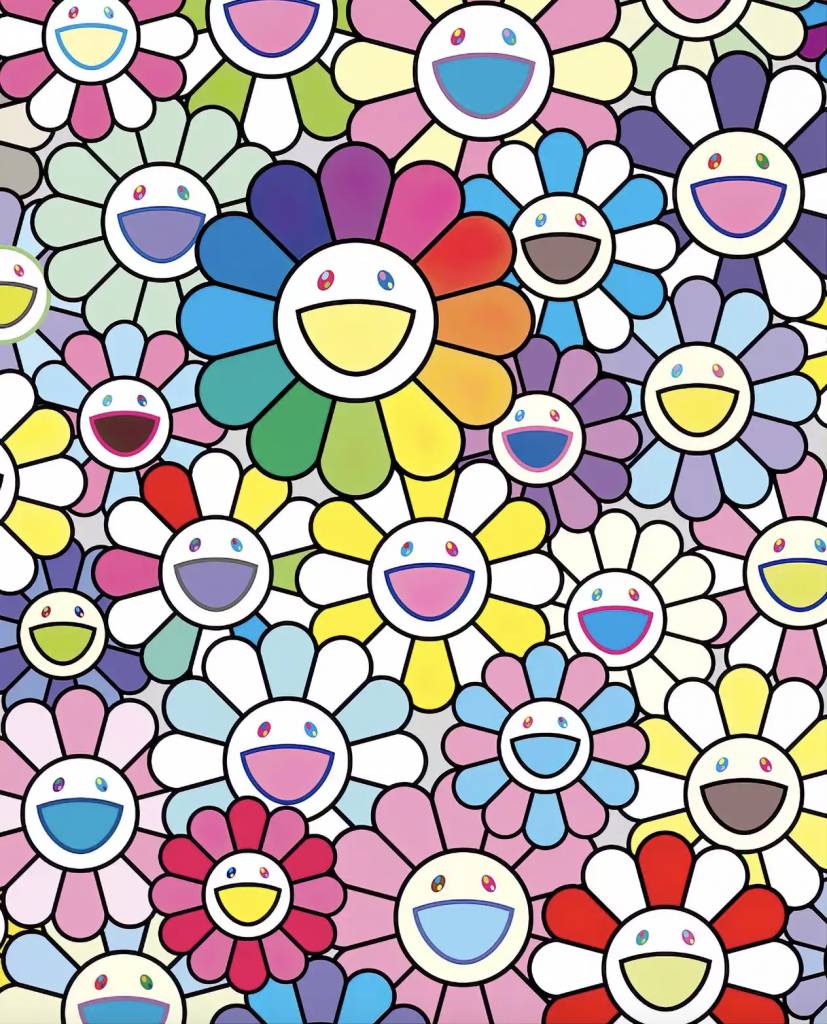
Flowers of Hope, 2020
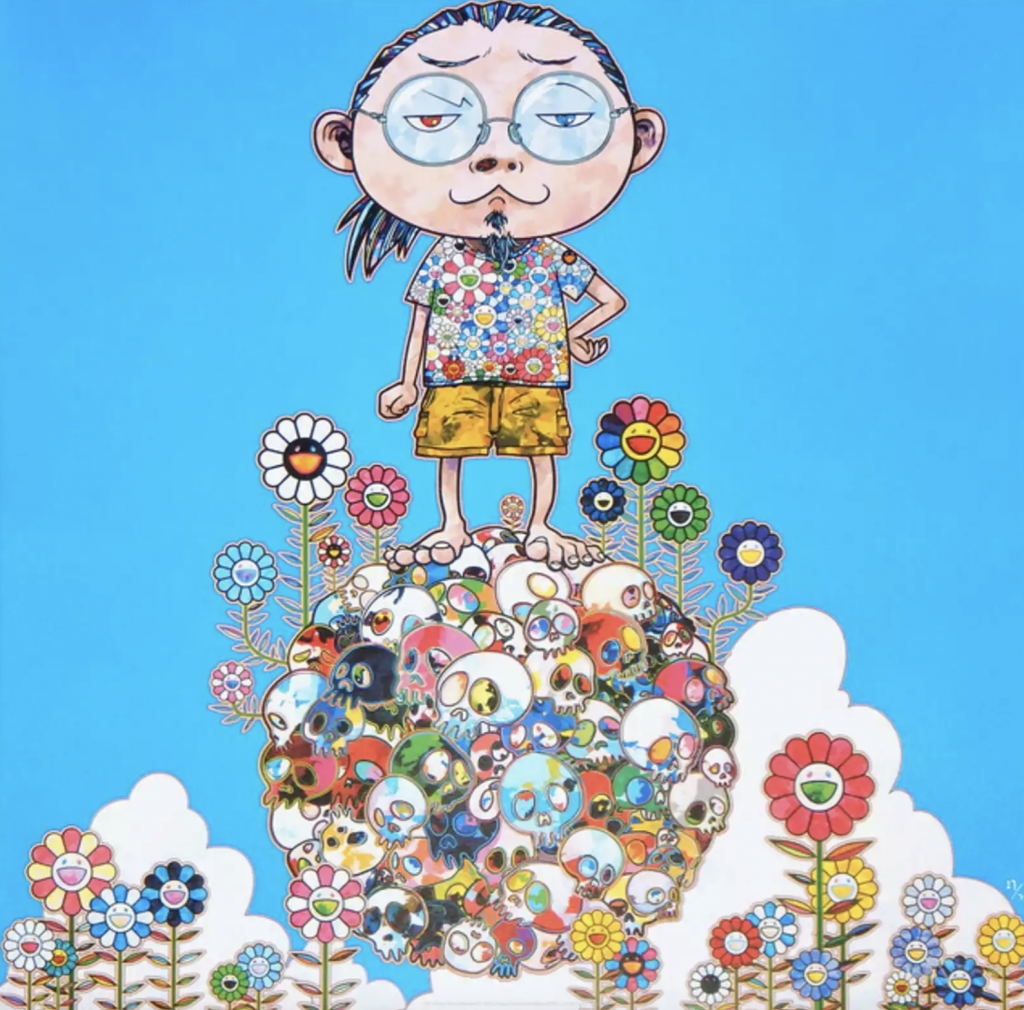
Me Among The Supernatural, 2013
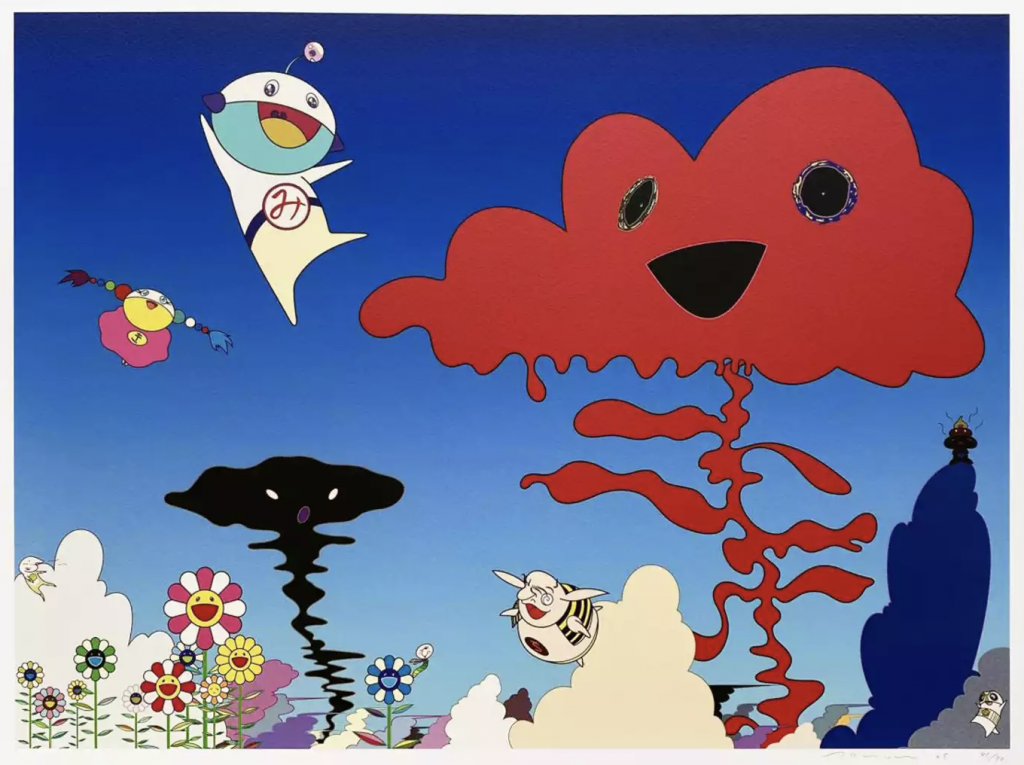
Eco Eco Rangers Earth Force, 2005
Sources
https://gagosian.com/artists/takashi-murakami/
https://hypebeast.com/2020/11/takashi-murakami-flowers-behind-the-hype-video



